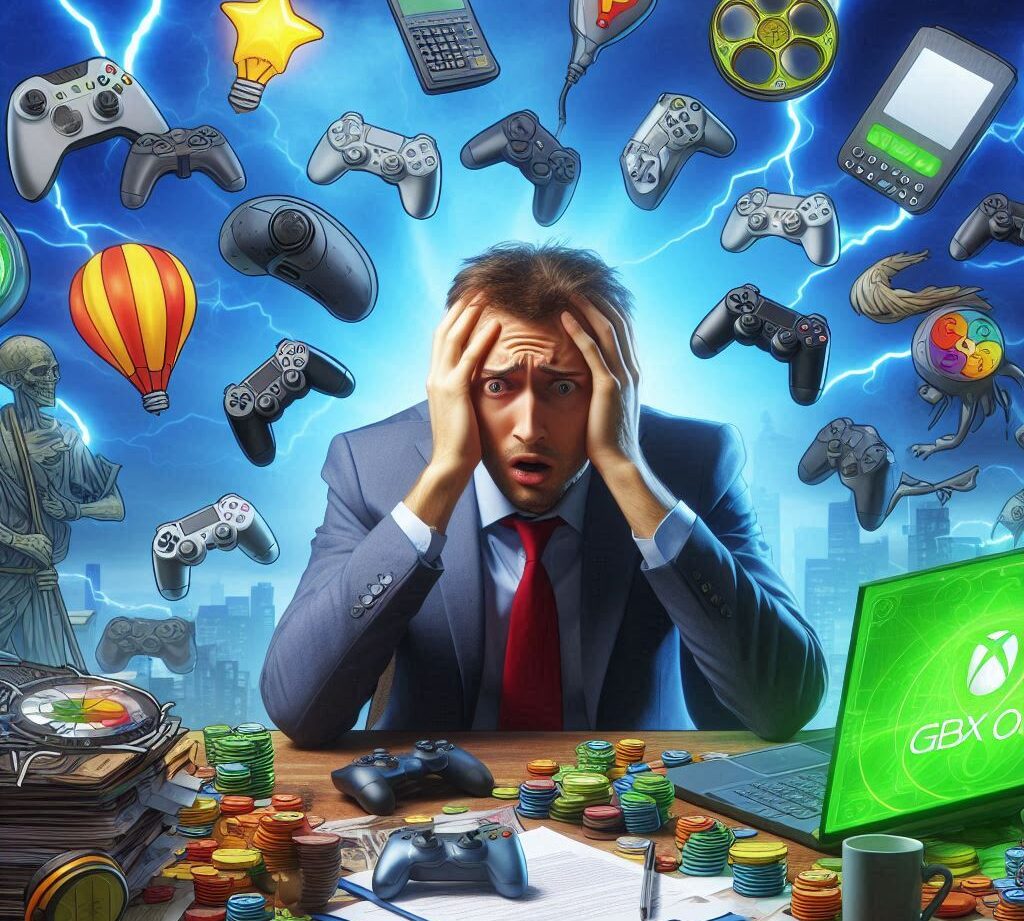Is the Gaming Industry in Crisis? Understanding the Current Challenges

The gaming industry, once hailed as an unstoppable economic powerhouse, is facing unprecedented challenges. After decades of explosive growth, recent years have seen layoffs, declining stock prices, high-profile game failures, and growing consumer dissatisfaction. This article explores the complex factors behind this shift and examines whether the industry is truly in crisis.
From Boom to Stagnation
In the 2010s, gaming experienced a golden age fueled by mobile adoption, live-service models, and global market expansion. Revenue skyrocketed as smartphones brought casual players into the fold, and innovations like free-to-play games and microtransactions unlocked new revenue streams. By the late 2010s, gaming had eclipsed the combined market value of movies and music.
However, this growth could not last forever. Smartphone adoption plateaued, live-service models became oversaturated, and demographic expansion slowed. By the early 2020s, the industry entered its first sustained decline in over 40 years. Adjusted for inflation, global consumer spending on games has shrunk by 13% since 2021, even as other entertainment sectors grew.
Economic Pressures and Unsustainable Practices
Several structural issues are driving this downturn:
Cost Inflation: AAA game budgets have ballooned. For example, Call of Duty: Black Ops Cold War (2020) cost $700 million to develop and market—more than the most expensive films. Labor costs, particularly in high-wage regions like the U.S., account for most of these expenses.
Outsourcing: To cut costs, studios increasingly rely on outsourcing to regions like India and South America. While this reduces expenses, it also contributes to layoffs in Western markets.
Failed Innovations: Technologies like VR, cloud gaming, and blockchain have underperformed. Google Stadia’s shutdown and slow VR adoption highlight the difficulty of finding new growth avenues.
Market Saturation: With nearly 19,000 games released on Steam in 2024 alone, competition is fiercer than ever. Even successful indie titles like Balatro or Baldur’s Gate 3 represent outliers in a sea of financial failures.
Debunking Common Narratives
Many blame the industry’s struggles on simplistic explanations, but reality is more nuanced:
“Corporate Greed”: While profit-driven decisions have led to questionable practices (e.g., Ubisoft’s microtransaction-heavy single-player games), corporations are not new to gaming. The industry has always been corporate, and past growth occurred under similar conditions.
“Wokeness”: Claims that progressive themes harm sales are exaggerated. Titles like Baldur’s Gate 3 (featuring LGBTQ+ characters) succeeded because of quality, not ideology. Conversely, backlash often arises before games are even released, suggesting cultural polarization more than genuine consumer rejection.
“Bad Games”: While some modern titles suffer from bloat or repetitive design, 2023 was a landmark year for critically acclaimed releases. Yet layoffs and financial struggles persisted, indicating deeper systemic issues.
The Winner-Takes-All Market
A seismic shift has reshaped gaming into a “winner-takes-all” ecosystem:
Live-Service Dominance: Games like Fortnite and Grand Theft Auto Online monopolize player time and revenue. In 2023, just five titles accounted for nearly 50% of console playtime.
Cannibalization: Successful games drain attention and resources from competitors. For example, Baldur’s Gate 3 continued to thrive in 2024, overshadowing newer releases.
Indie Struggles: Despite breakout hits, most indie developers face grim odds. Only 1 in 10,000 Steam games gross over $100,000 annually, leaving many creators unable to sustain careers.
What Comes Next?
The gaming industry is not “dying,” but it is evolving. Key challenges include:
Sustainability: Reducing reliance on unsustainable budgets and risky monetization.
Innovation: Finding new markets or technologies to reignite growth, such as AI-driven development or untapped regions.
Consumer Priorities: Players increasingly prioritize quality and value, as seen in the backlash against $70 games stuffed with microtransactions.
Conclusion
The gaming industry’s current struggles reflect the end of an era of easy growth, not an existential crisis. While corporations, developers, and consumers navigate this transition, the future will likely favor adaptable studios that balance creativity with fiscal responsibility. For players, the silver lining is an abundance of high-quality titles—even as the industry’s business model undergoes painful but necessary recalibration.
As the market matures, one truth remains: gaming’s cultural and economic impact is irreversible. The question now is not whether it will survive, but how it will reinvent itself.





